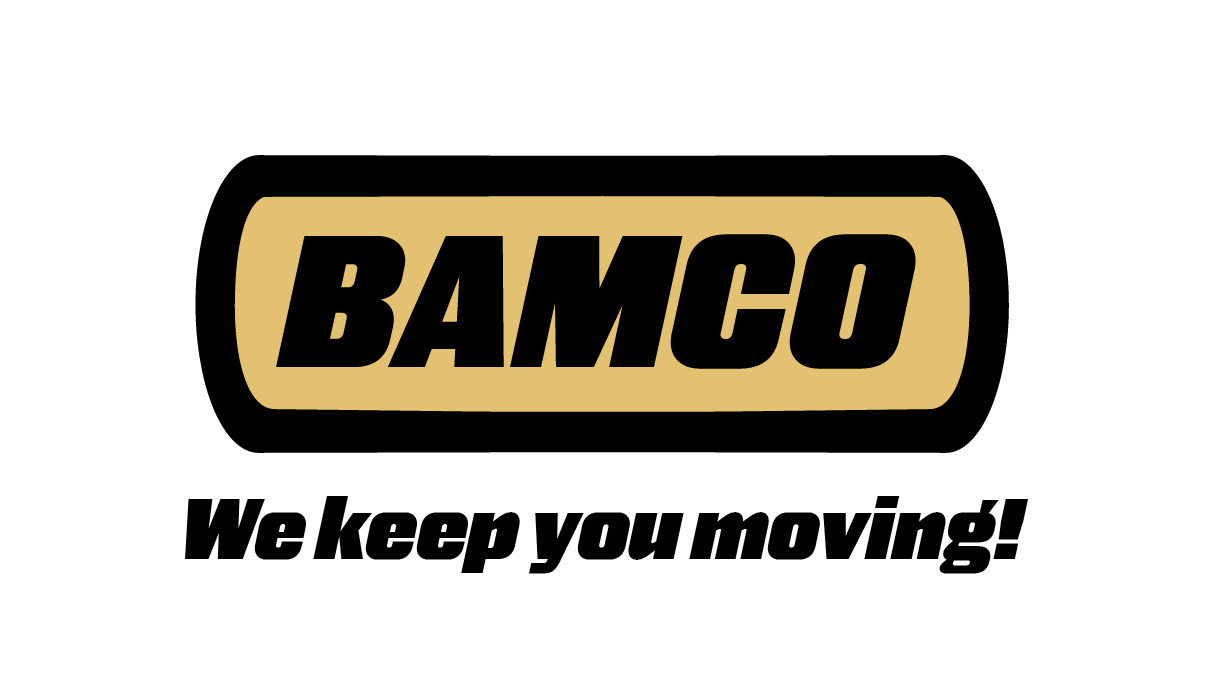Overview
Polyester and Elastic are two core materials that are crucial to the printing, paper converting, and mail processing industries. In the printing industry, these materials are used for transporting, stackers, bookbinding, sheeters, and more. When it comes to paper converting they are used on folder-gluers, corrugators, and multiwall bags.
These materials are used for these jobs due to their ease of joining, dimensional stability, and environmental resistance. The ease of joining is due to the fact that, unlike nylon, these cores can be remelted. The process of joining is done through a finger splice which can be done with minimal downtime, minimal disassembly of the machine, minimal training, and no adhesive. The environmental resistance comes from the fact that the material does not expand or contract when there are changes in temperature and humidity. One also needs to note that anytime these cores have a cover that is made of fabric, it will be more abrasion resistant that one that does not have fabric.
Polyester Core
This is the “less stretchy,” more durable option of the two materials. Polyester fabric is used in high speed, medium to extreme duty applications. It can withstand the more extreme applications since it is more dimensionally stable and environmentally resistant than the elastic core. This is due to the fact that polyester is not impacted by humidity and is extremely friction resistant. These cores generally have an elongation rate of 1%. Some of the materials that can cover this type of core are; synthetic rubber, tempered polyurethane, and fabric that is mostly designed for moving paper.
Elastic Core
These cores are more stretchy with an elongation rate of up to 5%. This kind of belt is perfectly suited for jobs that require high speeds, light to medium duty, and small pulleys. These belts are also used when there is no idler pulleyor tension pulley. That way these belts can just be pulled around the existing pulleys. Elastic cores can have TPU on one or both sides with the option to have things like fabric for transporting paper on the top layer.
Conclusion
Your applications will determine which core is best for you. If there is extreme humidity, high temperatures, large pulleys, or extreme applications then you will want to use a polyester core. If none of these apply or if you have really small pulleys, then you will want to use an elastic core. Regardless, if the top layer of the belt will be touching paper, you will want a fabric cover that is designed for that. Lastly, whenever you are installing a belt, make sure to pay attention to the elongation rate. Over stretching the belt can damage the machine, damage the belt, or lead to operator injury.
